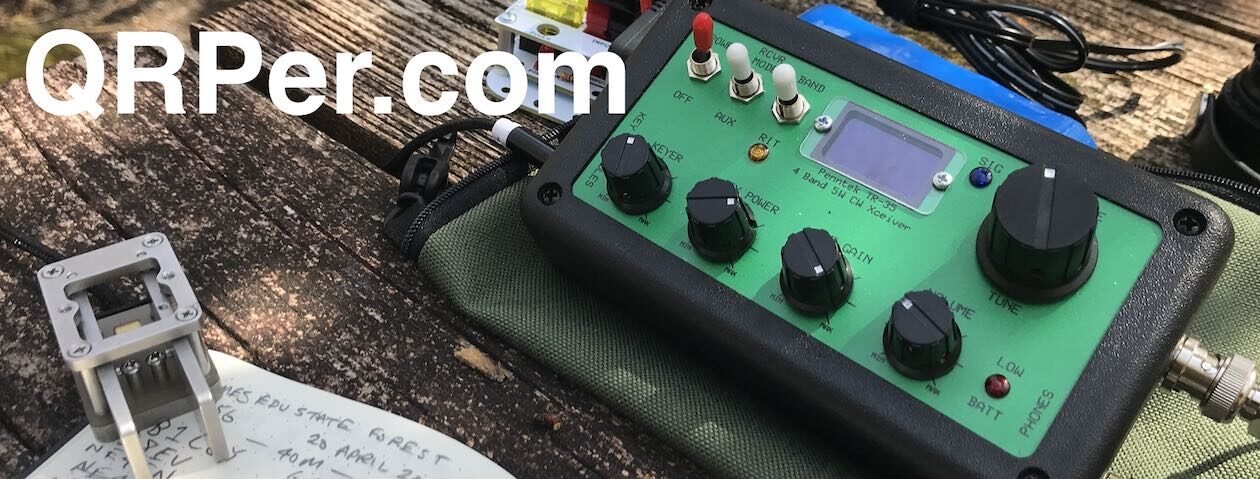On Thursday, February 9, 2023, a rare opportunity opened up for me: a 3.5 hour activation window–!
I was visiting and helping my parents in Catawba County, NC, so considered the park options, almost all of which are within a 35-45 minute drive.
I thought about fitting in two shorter park activations that day, but it has been so long since I’ve had the opportunity to simply hang at one park and play radio for more than an hour, I chose the extended activation option.
Although the forecast was for clear skies that day, a front was moving through that afternoon and the skies were overcast with gusty winds. I could tell rain was a very real possibility, so I chose a site with a picnic shelter to make things a bit easier.
Fort Dobbs State Historic Site (K-6839)
Fort Dobbs was a no-brainer: not only was it the closest park (thus less travel time eating into my on-air time), but the staff there are very POTA-friendly, the site is quiet, and they have an excellent shelter that I suspected (due to the dodgy weather) would be unoccupied.
When I arrived on-site, I checked in at the visitor’s center to make sure the picnic shelter hadn’t been reserved. Fortunately, they said I could have the shelter all to myself!
I had a number of radios in my car and decided en route that I would use the Xiegu G106 once again.
 I packed the G106 in a waterproof Husky radio gear box I keep in my car trunk/boot. I grabbed it and my Spec-Ops EDC pack and carried it to the picnic shelter.
I packed the G106 in a waterproof Husky radio gear box I keep in my car trunk/boot. I grabbed it and my Spec-Ops EDC pack and carried it to the picnic shelter.
My plan was to pair the G106 with MW0SAW’s 40 meter EFHW antenna.
 This would give me two resonant bands (40 and 20 meters) so there’d be no need to connect an external ATU. Continue reading Giving the Xiegu G106 a thorough workout at Fort Dobbs!
This would give me two resonant bands (40 and 20 meters) so there’d be no need to connect an external ATU. Continue reading Giving the Xiegu G106 a thorough workout at Fort Dobbs!



































